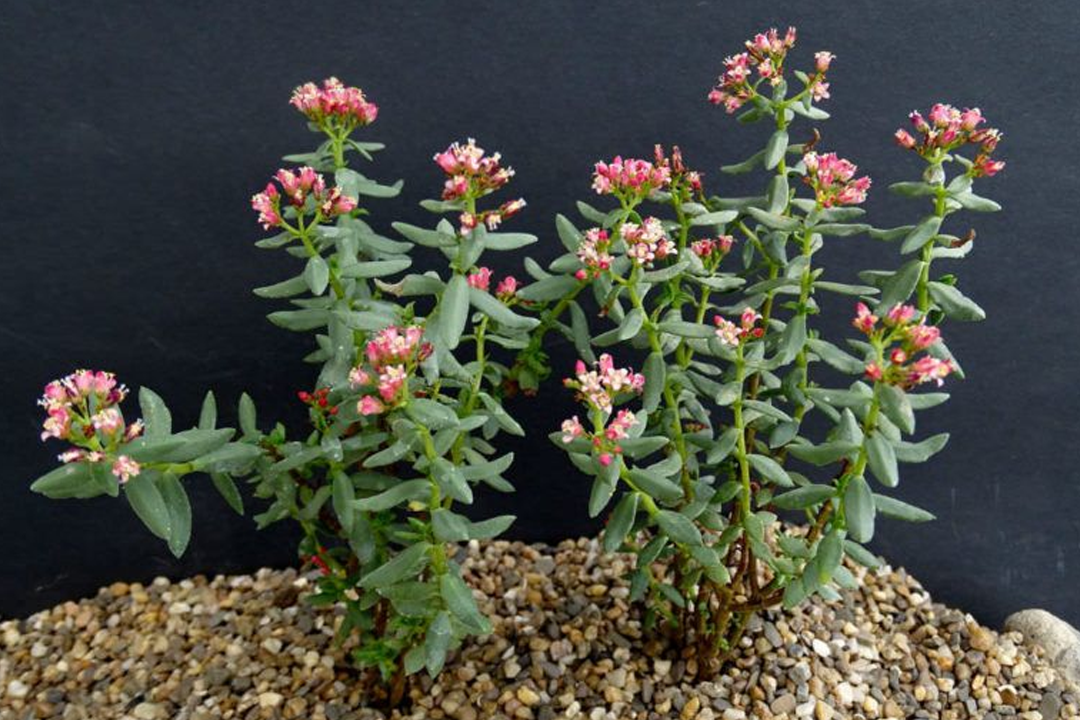
Watering
In extreme conditions, you can water the plant more frequently, as long as the soil has dried before you water it again. One thing you might want to do is to check the soil’s status beforehand by using an app.
Fertilizing
You’ll want to limit feeding your plant during the seasons in which it’s actively growing. You should also apply the right fertilizer in the right amounts. For best results, use half-strength balancer fertilizer every month or so. Avoid fertilizing the plant during the summer, as it’s dormant at that time.
Location and Sun
The crassula sarcocaulis is at its best when sitting in a place with partial shade to full sun throughout the day. It should only be subject to direct sunlight, however, for short periods of time, and if the light is too bright or the temperature gets really high, it might be better to place it in a spot with more shade.
The succulent has a reputation for cold hardiness, along with its ability to survive in frigid temperatures during the winter. The thick stems and leaves help it to retain moisture and tolerate freezing conditions. Not only that, but the attractive foliage provides a garden in a cold climate with a festive touch. The plant is a great choice for any area with a frosty winter.
The succulent will need a medium sized space to grow. You can sit it at your window or table. As the plant needs more space than a mini plant, however, it shouldn’t be planted with others.
The crassula sarcocaulis also performs well throughout the day when in the line of indirect light, so it should be given adequate space to soak up the light without being hit by too much heat.
Toxicity
There are no known severe health risks associated with the crassula sarcocaulis, as it isn’t regarded as being toxic. It’s advisable to keep it away from any young children, however, to avoid them ingesting some parts of the plant that possibly contain toxins that lead to a mild irritation of the skin.
Diseases and Pests
Common diseases and pests such as mealybugs can affect the crassula sarcocaulis, like they can many other succulents. If you notice any indications of mealybugs, you can apply any of the following methods: apply soapy water, clean infected plants, subject them to quarantine.
Also, in order to prevent serious health issues, maintain your plant in an area that’s well-ventilated. Also, give it regular check-ups to look for signs of health problems or pests.
Comments
comments